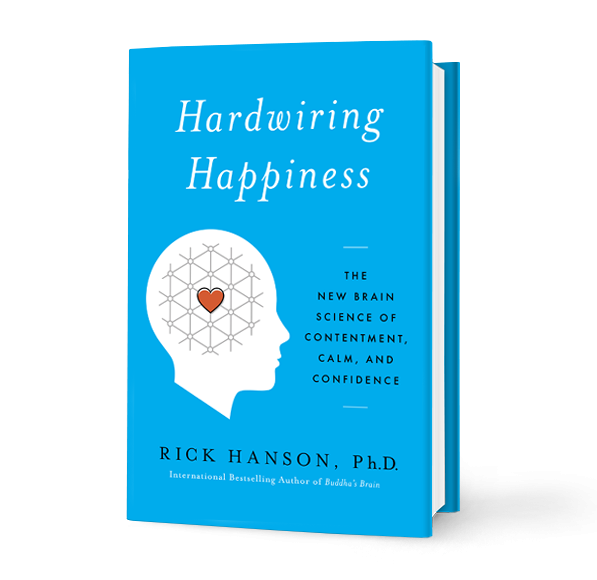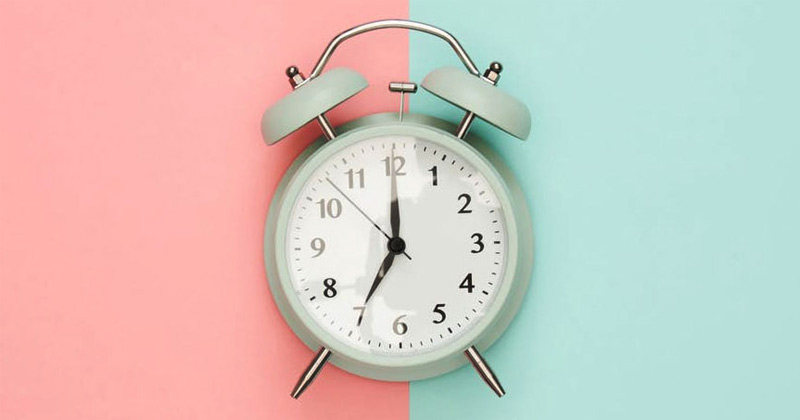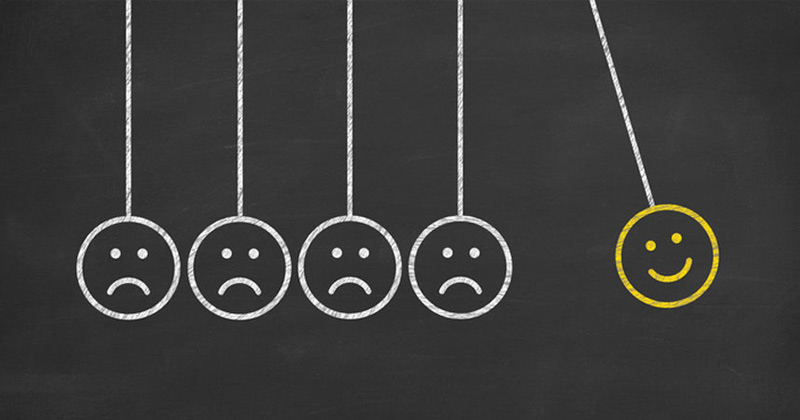Tap the Hidden Power of Everyday Experiences
Learn how to use Positive Neuroplasticity to change your brain and your life for the better.

Beat the Brain’s Negativity Bias

The good news is that in just a few seconds at a time in the flow of daily life, you can turn your experiences – the pleasure in a cup of coffee, the accomplishment in finishing a tricky email, the warmth from a friend’s smile – into lasting inner strengths built into your brain, such as resilience, balance, and positive emotions.
Grounded in neuroscience, this book from New York Times bestselling author Rick Hanson, Ph.D. is super practical, full of easy-to-use methods and guided practices to grow a steady well-being, self-worth, and inner peace. And it has special sections on children, motivation, relationships, trauma, and spiritual practice.
Learn how to manage your Stone Age brain in the 21st century – taking in experiences of your core needs being met, so that you gradually leave the “red zone” of fight-flight-freeze stress and get centered in the brain’s “green zone” in which you feel an ongoing sense of ease, fulfillment, and love – even while you deal with life’s challenges.
Rick Hanson is a master of his craft, showing us a wise path for daily living in this book.
Based on the latest findings of neuroscience, this book reveals that if we understand the brain a little, we can take care of ourselves a lot, and make a real difference to our well-being.
The cultivation of happiness is one of the most important skills anyone can ever learn. Luckily, it’s not hard when we know the way to water and nourish these wholesome seeds, which are already there in our consciousness.
This book offers simple, accessible, practical steps for touching the peace and joy that are every person’s birthright.
Learning to take in the good is like fully and mindfully breathing in life: it allows us to access our inner strengths, creativity, vitality, and love.
In Hardwiring Happiness, Rick Hanson gives us the fascinating science behind attending to positive experiences, and offers powerful and doable ways to awaken the deep and lasting well-being we yearn for.
Hardwiring Happiness teaches us the life-affirming skills of inverting our evolutionary bias to hold on to the negative in our lives instead of soak in and savor the positive.
What better gift can we give our selves or our loved ones than an effective strategy to increase joy through brain-based concepts that are both accessible and pleasurable?
Read more endorsements and reviews
Excerpts
One Minute for Good
Practicing taking in qualities for a more responsive brain and create a foundational inner strength to change your life.
Changing Negative Thoughts
Negative thoughts tug you toward the reactive mode. The good news is you can change them, and event clear them out entirely.
Growing Good
Use these three step-by-step ways to engage your mind when something difficult or uncomfortable happens.
Order Your Copy
Hardwiring Happiness is available wherever books are sold in hardcover, paperback, audiobook (CD or download), and numerous eBook formats, including Kindle, iBook, Nook, and Google Play.
INTERNATIONAL ENGLISH RETAILERS
Frequently Asked Questions
What is this book about?
Hardwiring Happiness: The New Brain Science of Contentment, Calm, and Confidence is about the hidden power of everyday positive experiences to change your brain for the better. Recent scientific breakthroughs have shown that we can deliberately improve brain structure, a process known as self-directed neuroplasticity. Whatever we repeatedly sense, feel, and believe makes real changes in our neural networks. In my book, you’ll learn a simple, 4-step program that blends neuroscience and practical psychology to rewire the brain, using the HEAL steps – Have, Enrich, Absorb, and Link – to grow greater well-being, relaxation, mindfulness, emotional balance, and feeling appreciated in your brain and your life.
You’ll learn:
- The HEAL Method, which gets “the good” to stick!
- Why even on the worst days, there are many micro-moments that can tilt the brain toward the positive, and how to absorb them.
- Why positive thinking is generally wasted on the brain.
- How to strengthen your relationships, appreciating and internalizing what is good in them.
The process of taking in the good through the four HEAL steps is at the center of Rick Hanson’s “Taking in the Good” course. In a recent study with collaborators from the University of California, preliminary findings indicate that people who took the course experienced significantly less anxiety and depression, and significantly greater self-control, savoring, love, gratitude, compassion, contentment, joy, self-compassion, and happiness.
What makes this book different from your previous books?
My previous books – Buddha’s Brain and Just One Thing – had a few pages each on the practice of “taking in the good.” Hardwiring Happiness has 250 pages of discussion and guided practices about the core steps of the HEAL method (based on taking in the good), which shows how to turn passing experiences into lasting inner strengths and peace. This book also includes special applications for children, relationships, therapy, motivation, and mindfulness.
What kind of research was done for this book?
Hardwiring Happiness illustrates how taking just a few extra seconds to stay with a positive experience – from the pleasure of a deep breath to a sense of calm, satisfaction, and love – can turn good moments into a great brain, full of strength, health, and happiness. That’s what it means to “take in the good” via the deliberate internalization of positive experience into implicit memory. This method, based on self-directed neuroplasticity, resets the brain to its natural resting state, which refuels and repairs the body, makes us feel peaceful, happy, and loved, and helps us act with confidence and compassion. This deceptively simple practice is at the center of Rick Hanson’s “Taking in the Good course.” In a study with collaborators from the University of California, preliminary findings indicate that people who took the course experienced significantly less anxiety and depression, and significantly greater self-control, savoring, love, gratitude, compassion, contentment, joy, self-compassion, and happiness.
Can you give an example of the HEAL steps?
I recorded a 10 minute practice – Feeling Cared About – that goes through the HEAL steps in detail. (Also, if you’re interested in the audiobook version that I narrated, this practice will give you a sense of the audiobook experience.) You can listen to the audio here.
Where can I view an excerpt or table of contents?
Below you can find the Table of Contents, and you can read some excerpts from the book above.
Contents
Publisher’s Note
Acknowledgments
Introduction
Part One: Why
Chapter 1: Growing Good
Chapter 2: Velcro for the Bad
Chapter 3: Green Brain, Red Brain
Part Two: How
Chapter 4: HEAL Yourself
Chapter 5: Take Notice
Chapter 6: Creating Positive Experiences
Chapter 7: Brain Building
Chapter 8: Flowers Pulling Weeds
Chapter 9: Good Uses
Chapter 10: 21 Jewels
Afterword
Reference Notes
Bibliography
Index
Are there sample audio practices available?
Yes there are! You can download them at the links below:


